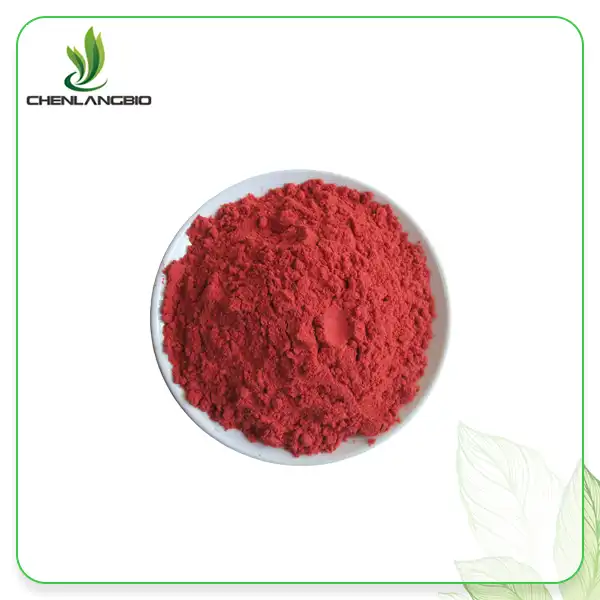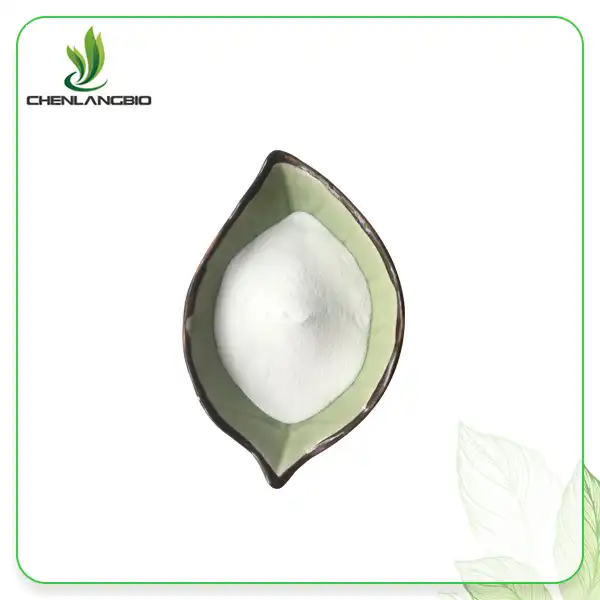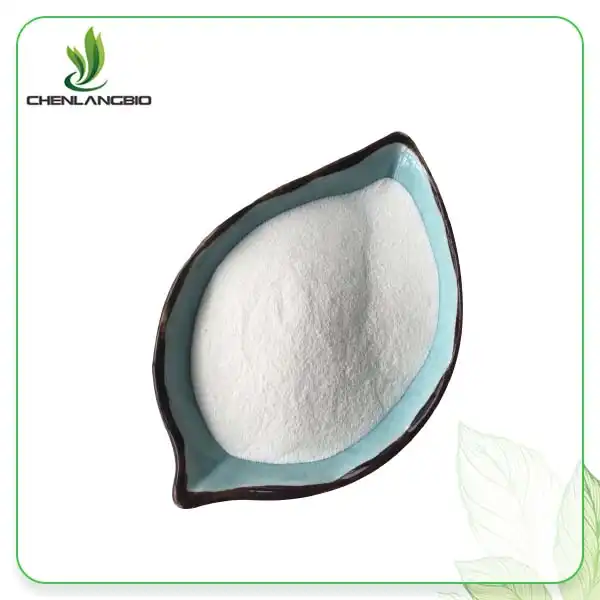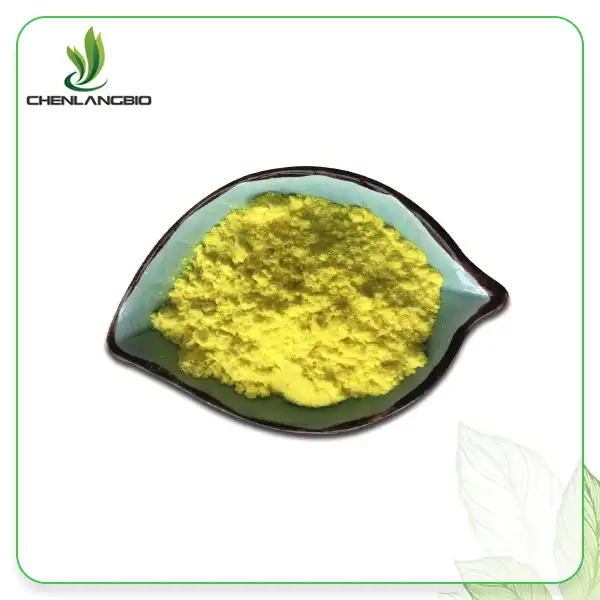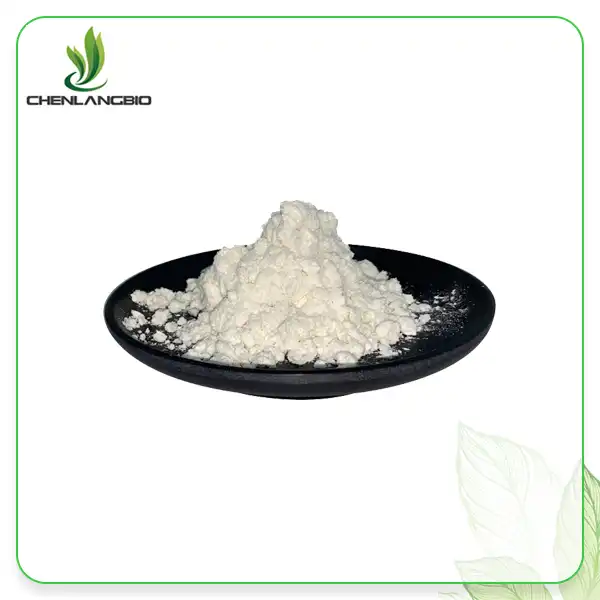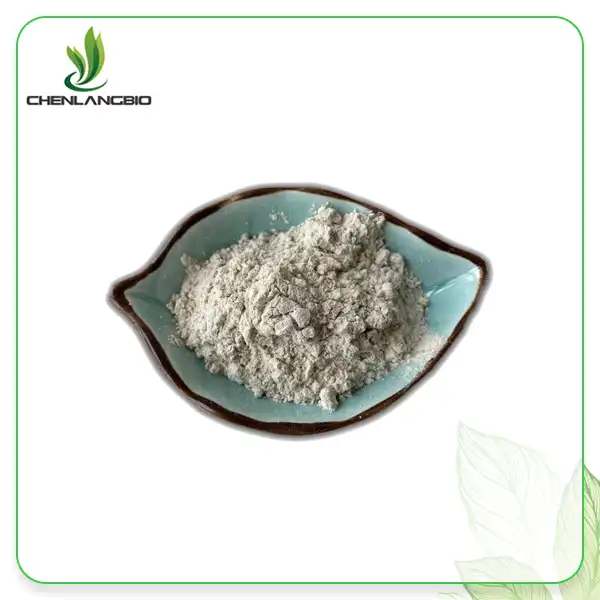Are Camellia Oleifera and Camellia Japonica Seed Oil the Same
2024-10-27 12:37:25
Camellia seed oils have gained significant popularity in recent years due to their numerous benefits for skin, hair, and overall health. Two prominent species of camellia often discussed in the context of seed oils are Camellia oleifera and Camellia japonica. While both belong to the same genus, they have distinct characteristics and properties. Camellia oleifera seed extract powder is particularly noted for its rich composition of fatty acids and antioxidants, which contribute to its nourishing effects. In this comprehensive guide, we'll explore the similarities and differences between these two camellia seed oils, helping you understand their unique attributes and potential applications.
Do Camellia oleifera and Camellia japonica have different fatty acid profiles?
The fatty acid composition of seed oils plays a crucial role in determining their properties and potential benefits. When comparing Camellia oleifera and Camellia japonica seed oils, we can observe some notable differences in their fatty acid profiles:
Camellia oleifera seed oil:
- Oleic acid: 75-85%
- Linoleic acid: 7-14%
- Palmitic acid: 7-10%
- Stearic acid: 1-3%
Camellia japonica seed oil:
- Oleic acid: 70-80%
- Linoleic acid: 5-10%
- Palmitic acid: 10-15%
- Stearic acid: 2-4%
While both oils are rich in oleic acid, a monounsaturated fatty acid known for its moisturizing and anti-inflammatory properties, Camellia oleifera seed oil typically contains a slightly higher percentage. This higher oleic acid content contributes to its exceptional stability and resistance to oxidation, making it a preferred choice for cosmetic and culinary applications.
Camellia japonica seed oil, on the other hand, tends to have a slightly higher content of palmitic acid, a saturated fatty acid that can provide additional emollient properties. This subtle difference in fatty acid composition may influence the texture and absorption rate of the oils when applied to the skin.
The varying ratios of these fatty acids contribute to the unique characteristics of each oil, affecting their stability, texture, and potential benefits for different applications. Understanding these nuances can help formulators and consumers choose the most suitable camellia seed oil for their specific needs.
What are the main differences between Camellia oleifera and Camellia japonica?
While camellia oleifera seed extract powder, Camellia oleifera, and Camellia japonica share some similarities as members of the Camellia genus, they possess distinct characteristics that set them apart:
1. Origin and distribution:
- Camellia oleifera: Native to China and widely cultivated in southern provinces for oil production.
- Camellia japonica: Originates from Japan, Korea, and parts of China, primarily grown as an ornamental plant.
2. Plant characteristics:
- Camellia oleifera: Typically grows as a shrub or small tree, reaching heights of 5-7 meters. It has smaller, less showy flowers compared to Camellia japonica.
- Camellia japonica: Often cultivated as an ornamental shrub or tree, known for its large, vibrant flowers in various colors.
3. Seed size and oil content:
- Camellia oleifera: Seeds are generally smaller but contain a higher oil content, making them more suitable for commercial oil production.
- Camellia japonica: Seeds are larger but typically have a lower oil yield compared to Camellia oleifera.
4. Traditional uses:
- Camellia oleifera: Primarily cultivated for its seed oil, which has been used in Chinese cuisine and traditional medicine for centuries.
- Camellia japonica: Historically valued for its ornamental qualities and used in traditional Japanese beauty rituals.
5. Phytochemical composition:
- Camellia oleifera: Contains higher levels of tea saponins, which contribute to its antioxidant and antimicrobial properties.
- Camellia japonica: Rich in flavonoids and tannins, which may offer unique benefits for skin health and protection against environmental stressors.
6. Oxidative stability:
- Camellia oleifera: Generally exhibits higher oxidative stability due to its slightly higher oleic acid content and natural antioxidants.
- Camellia japonica: While still stable, it may have a slightly lower oxidative stability compared to Camellia oleifera oil.
These differences highlight the unique attributes of each camellia species, influencing their respective applications in cosmetics, culinary uses, and traditional medicine. Understanding these distinctions can help formulators and consumers make informed decisions when selecting camellia seed oils for specific purposes.
Are the benefits of Camellia oleifera seed oil and Camellia japonica seed oil similar?
While camellia oleifera seed extract powder, along with Camellia oleifera and Camellia japonica seed oils, share many beneficial properties, they also possess unique characteristics that may make them more suitable for specific applications. Let's explore the similarities and differences in their potential benefits:
Shared benefits:
- Moisturizing properties: Both oils are excellent emollients, helping to hydrate and soften the skin without leaving a greasy residue.
- Anti-aging effects: Rich in antioxidants, these oils can help protect the skin from free radical damage and premature aging.
- Hair care: Both oils can nourish and strengthen hair, improving its overall health and appearance.
- Wound healing: The fatty acids and antioxidants in both oils may promote faster wound healing and skin repair.
- Anti-inflammatory properties: Both oils possess anti-inflammatory qualities that can help soothe irritated skin.
Unique benefits of Camellia oleifera seed oil:
- Higher oxidative stability: Its slightly higher oleic acid content makes it more resistant to rancidity, extending its shelf life.
- Tea saponins: Contains higher levels of tea saponins, which offer additional antioxidant and antimicrobial benefits.
- Culinary applications: More commonly used in cooking due to its mild flavor and high smoke point.
- Potential cholesterol-lowering effects: Some studies suggest it may help reduce LDL cholesterol levels when consumed as part of a balanced diet.
Unique benefits of Camellia japonica seed oil:
- Rich in flavonoids: Contains higher levels of flavonoids, which may offer enhanced protection against UV damage and environmental stressors.
- Squalene content: Generally has a higher squalene content, a compound known for its moisturizing and skin-softening properties.
- Traditional use in hair care: Historically used in Japan for hair care rituals, particularly for maintaining healthy, shiny hair.
- Potential anti-allergic properties: Some studies suggest it may have anti-allergic effects, potentially beneficial for sensitive skin types.
While both oils offer impressive benefits for skin and hair care, their slight differences in composition and traditional uses may make one more suitable than the other for specific applications. Camellia oleifera seed oil's higher stability and tea saponin content may make it preferable for formulations requiring longer shelf life or enhanced antimicrobial properties. On the other hand, Camellia japonica seed oil's rich flavonoid content and historical use in hair care may make it a top choice for anti-aging skincare products and hair treatments.
It's important to note that the efficacy of these oils can vary depending on factors such as extraction method, processing, and overall product formulation. When incorporating camellia seed oils, including camellia oleifera seed extract powder, into your skincare routine or product line, consider the specific needs of your skin or target audience to determine which oil may be most beneficial.
Conclusion
In conclusion, while camellia oleifera seed extract powder, Camellia oleifera, and Camellia japonica seed oils are not the same, they share many beneficial properties that make them valuable ingredients in skincare, haircare, and even culinary applications. Their unique characteristics offer formulators and consumers a range of options to address specific needs and preferences in natural beauty and wellness products.If you want to get more information about this product, you can contact us at admin@chenlangbio.com.
References
1. Zhang, L., et al. (2019). Comparison of the chemical composition and bioactivities of essential oils from different varieties of Camellia oleifera Abel. Industrial Crops and Products, 130, 78-86.
2. Kim, J. H., et al. (2017). Camellia japonica oil as a potential source of emollient and moisturizer for cosmetic formulations. International Journal of Cosmetic Science, 39(5), 496-503.
3. Wang, X., et al. (2018). Antioxidant activities of oleanane-type triterpenoid saponins from the seeds of Camellia oleifera. Molecules, 23(6), 1379.
4. Choi, E. J., et al. (2016). Anti-inflammatory effects of Camellia japonica oil on human keratinocytes and mouse skin. Molecular Medicine Reports, 14(4), 3429-3435.
5. Lee, C. P., et al. (2020). Camellia oil-based nanoemulsions as potential vehicles for skin delivery of resveratrol. Colloids and Surfaces B: Biointerfaces, 188, 110783.
6. Yang, Z., et al. (2019). Comparative analysis of the fatty acid compositions and bioactivities of Camellia oleifera Abel. and Camellia sinensis L. seed oils. Food Science & Nutrition, 7(9), 2937-2944.
Send Inquiry
Related Industry Knowledge
- What Makes 3-O-ethyl Ascorbic Acid the Best Choice for Stable Vitamin C Formulations?
- What are the Health Benefits of Cactus Extract Powder?
- Can Cactus Extract Powder Lower Blood Sugar Levels?
- How Does L-Ergothioneine Function As An Antioxidant?
- Can 4-Butylresorcinol be Used for Treating Melasma?
- What are the Benefits of Using Kopyrrol Powder?
- Benefits of Kola Nut Extract Powder for Energy
- How Effective is Glabridin Powder for Hyperpigmentation
- What is Ectoin Made of
- What is the Classification of Phytosphingosine



